Characterful, moreish and fiendishly difficult, Crash Bandicoot 4: It's About Time feels about right
Back to the future.
It's about time indeed: nearly 22 years after Crash Bandicoot 3: Warped released on the original PlayStation, the master of jorts returns. This time, though, it's Spyro Reignited Trilogy studio Toys For Bob handling it, and so as much as I'd personally have loved to see a gritty, blood-and-guts reboot from Naughty Dog, most of the questions for Crash 4 are going to be about authenticity and faithfulness to the originals.
If that's all you're worried about then you can stop worrying. Crash 4 is plenty faithful - if anything it's a bit too faithful, in fact, because while Toys For Bob seems to have nailed the character and playfulness of the world from what I've played, it's also not just continued the trend of some utterly, fiendishly difficult platforming, but made it even harder. Crash Bandicoot 4: It's About Time is nails.
That, thankfully, is also where some of the changes have come in. A big one is the introduction of a new "Modern Mode", that removes the entire concept of lives and game overs. I was enormously sceptical of this, in all honesty. The tension of the life system and the way it plays off the temptation to risk it all for a few more Wumpa fruit that might, just, tip you over the edge to another one is what the originals are all about. Removing it in Modern Mode takes away an entire layer of the game, but it's also a welcome boon because of the heightened difficulty. Crash 4 isn't just as tough as some early Crash games - I think it might actually be tougher.
Part of this is undoubtedly because the three levels I played were from somewhere in the middle of Crash 4's story, meaning I was without the usual few hours of onboarding you'd get from earlier levels that introduce the systems. Instead it's straight in, and those new systems are pretty significant. The first relates to Crash and Coco - both are playable throughout, although it was just Crash for the demo - who now have a built-in double jump an ever-so-slightly moveable camera: nothing major, but you can just nudge it a little to see slightly more of the level.
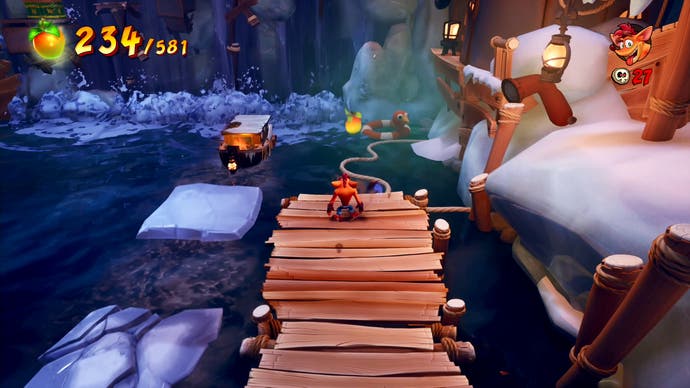
Bigger than those, however, are the new masks. There are four new masks on top of the returning Aku Aku and Uka Uka, called the quantum masks. These, aptly, let you play with time and space. The first, Kupuna-Wa slowed time for everything around you, interplaying nicely with a new kind of time-limited crate, triggered into appearing by the usual exclamation marks, if old fans remember, and rapidly disappearing again unless you slow down time to get them. Where things get absolutely devilish is when those crates are coupled with impossibly fast environments that need slowing too. The first level I played, an ice level of all things, called Snow Way Out, used big gaps filled with occasional, rapidly-falling platforms dropping by, as well as those time-sensitive crates at hard-to-reach intervals. So you'll be jumping, slowing time to platform on some moving objects, resuming regular time and landing on an exclamation box, slowing time again and doing more platforming to reach the timed crates - and probably dying and giving it another go.
The other mask, Lani-Loli, phases things - both crates and environmental hazards - in and out of existence. So you'll see crate and object outlines and need to toggle them in and out at rapid speed to both get the crates and avoid the hazards, while platforming at the same time. This one was on the second level, Dino Crisis, which featured Bioshock Infinite-style rails that you lock onto, jumping above and dropping below to avoid hazards and get crates - it's a so-so effect, making the game feel a little bit like an endless runner, but thankfully it's only used in fairly brief moments as opposed to the entire thing. The second half of that level was, delightfully, a nightmarish towards-the-screen runner, away from a giant dinosaur.
Finally, the third level was actually a different version of the first, featuring the villain Neo Cortex as the playable character as a nice twist. Crash 4 has a kind of simultaneous story thing going on, you see, where it seems multiple characters are working their way through levels at the same time, often causing events to overlap. Midway through Snow Way Out as Crash or Coco, a large section will suddenly collapse - creating that time-based platforming area I mentioned earlier on - and as you return to the scene as Cortex you realise that was caused by him, attempting to catch you in a trap. So you'll play through a level as Coco, say, then return to it and play the first half as Neo Cortex, get to the overlapping bit, and then it switches back to Coco's perspective for the remainder, with new crates and placements added in to vary it up.
Cortex himself also has a completely different set of skills to Crash and Coco. He only has a single, low jump, but instead of a spin he has a nice, zappy sci-fi gun, capable of smashing crates from range but also, much more importantly, transforming certain moving hazards into either solid platforms or, with a second shot, jiggly extra-bouncy versions. He also has a lengthy and faintly ridiculous headbutt-dash. Platforming with him is, surprise surprise, pretty tricky. Coming out of the dash you have a moment to slightly adjust for over- or under-shooting it, and that adjustment is both crucial and very hard to master. You'll often come out of a dash exactly above the little platform you're going for and then nudge yourself either side to it in a moment of panic.
When you do get more of a hang of it, it feels pretty great. Toys For Bob has created some far more elaborate environments than previous entries, and the combination of all their moving parts and the new, almost systemic-light abilities make the platforming feel like a combination of precision and a kind of on-the-fly puzzle solving. With Cortex that might be jumping and dashing horizontally between tight rows of instant-death Nitro crates to land on a single bouncy one, dashing precisely through some more, and so on. With Crash and Coco it's juggling time and space, and with the bonus rounds - little mini stages you can access mid-level - some challenges were genuinely too hard for me to complete without spending all night on them. I'd imagine that with those two more unseen quantum masks and also more playable, returning characters (teased but currently unnamed), those combinations only get more elaborate.
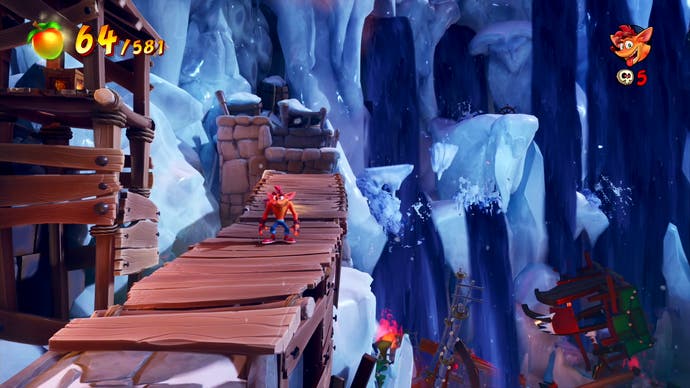
The downside, arguably, is that I didn't even want to think about these levels in classic mode. I was admittedly rushing at times, being ambitious and a little lazy, but at one point I think my death counter was over fifty - fifty - on a level in modern mode, just snapping back to the latest checkpoint and trying to collect the most difficult crates and gems off to the sides. It would be a lot less playing seriously on the classic mode, sure, but not that much less, which makes me worry that fans who come to Crash 4 wanting the exact same experience as the originals will struggle - let alone kids, which plenty of those fans were when they first got into the series.
There are other things I can pick at, if I really wanted to: Crash and co. continue to have issues with depth perception, it seems. Toys For Bob has included a little marker now where your character's shadow would've been, to help indicate where you'll land, but it's still not the most consistent and arguably a little distracting. And modern mode itself felt a tiny bit flat, without the threat of the big Game Over driving it, although that may also be because of the lack of story context around it in my demo, so it's no major issue.
Really though, this is the nature of a Crash Bandicoot game. Go back to the originals and they are, famously, very finickity at times, demanding a huge amount of patience and even temperament. They're also wonderfully, intoxicatingly moreish - and full of character, which from the demo, and especially spending more time with Neo Cortex, Crash 4 seems to have in spades. In other words, even in leaving classic mode behind, Crash Bandicoot 4: It's About Time feels about as faithful as it can get.
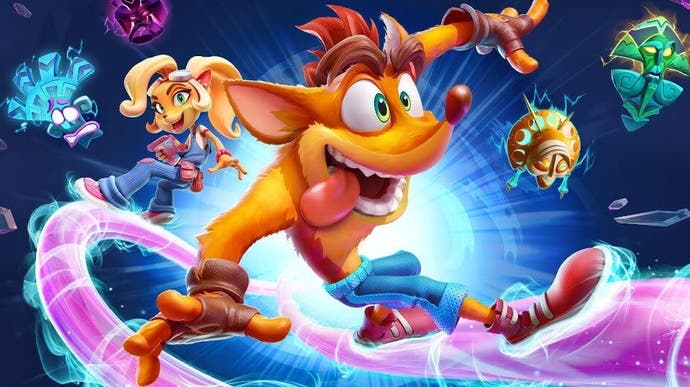


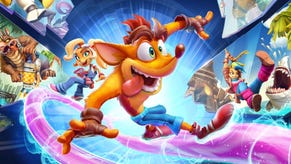
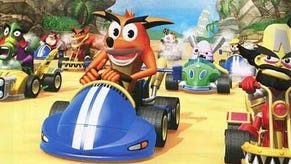
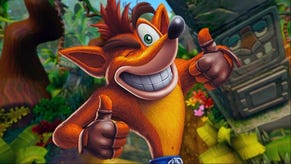
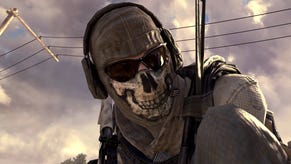


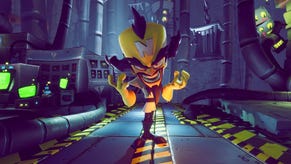


.png?width=291&height=164&fit=crop&quality=80&format=jpg&auto=webp)




.jpg?width=291&height=164&fit=crop&quality=80&format=jpg&auto=webp)
